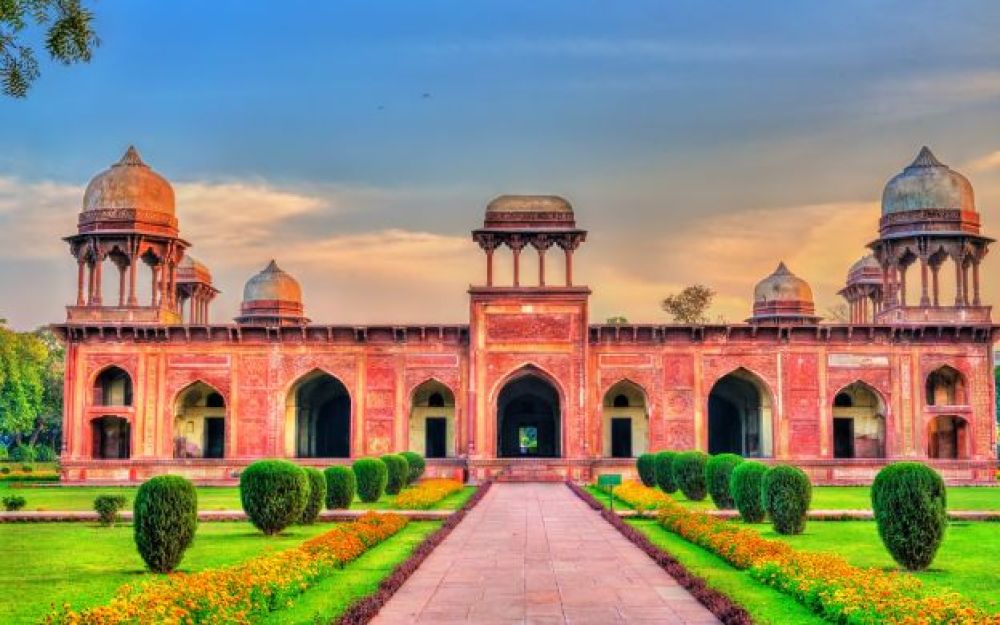

Mariam's Tomb in Agra, Uttar Pradesh, stands as a significant monument and tourist destination due to its rich historical context and Mughal-era architecture. It is the resting place of Mariam-uz-Zamani, also known as Jodha Bai, who was the wife of Emperor Akbar and the mother of Jehangir. Her tomb reflects the confluence of Islamic and Hindu architectural styles, showcasing the syncretic cultural fabric of the time.
The history of tourism at Mariam's Tomb extends back to the Mughal Empire when Agra served as a focal point of art, culture, and architecture. While the monument might not have been a tourist spot in the traditional sense during the Mughal era, it has, over the years, become a place of interest for those fascinated by India's history and heritage.
The tomb's architecture, blending elements from different traditions, has been instrumental in attracting tourists from all over the world. The use of red sandstone and the ornate carvings are remarkable features that continue to draw attention.
In colonial times and post-independence, Agra developed as a tourist hub due to the presence of the Taj Mahal. Nearby historical sites like Mariam's Tomb also began to witness a steady increase in visitors. Over the years, dedicated efforts towards the conservation and restoration of such historical monuments have been made to preserve their grandeur for future generations, subsequently boosting tourism.
In recent years, the trend in tourism has seen a shift towards experiential and educational travel. Visitors to Mariam's Tomb often seek to understand the narrative of the Mughal era, its society, and the role of influential figures like Mariam-uz-Zamani.
Eco-friendly tourism is another trend gaining momentum. Practices are being put in place by local authorities and tourism operators to ensure that visits to historical sites like Mariam's Tomb are sustainable and that the ecological footprint is minimized.
The government and local bodies have worked on improving accessibility and facilities around the site. The inclusion of better signage, tourist information centers, and guided tours has greatly enhanced the visitor experience, reflecting on the growing professionalism in India's tourism sector.
Marketing and promotion campaigns run by the Incredible India initiative have also contributed significantly to increasing the visibility of lesser-known monuments like Mariam's Tomb. By highlighting the historical and architectural importance of such sites, these campaigns have played a key role in boosting domestic and international tourism.
The tourism industry faced an unprecedented challenge with the global COVID-19 pandemic. However, with the situation improving and travel restrictions easing, there has been a resurgence in tourism with a noticeable spike in local tourists. Additionally, digitalization of travel services has made it easier for tourists to plan and book their visits to historical sites like Mariam's Tomb.
In conclusion, Mariam's Tomb not only stands as a testament to the rich tapestry of India's history but also as a monument that has adapted to the evolving trends in tourism, offering a blend of educational and cultural experiences to its visitors.